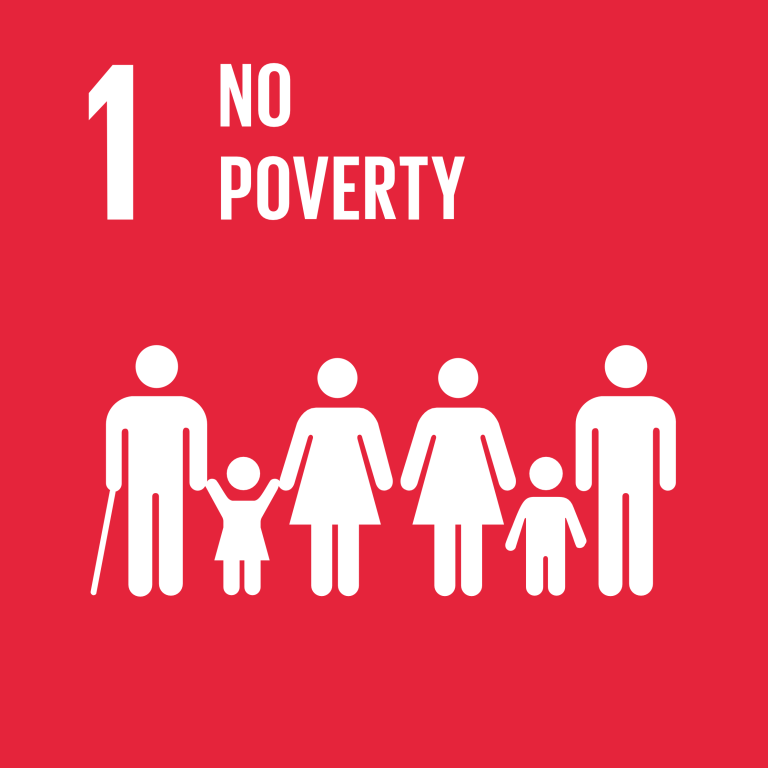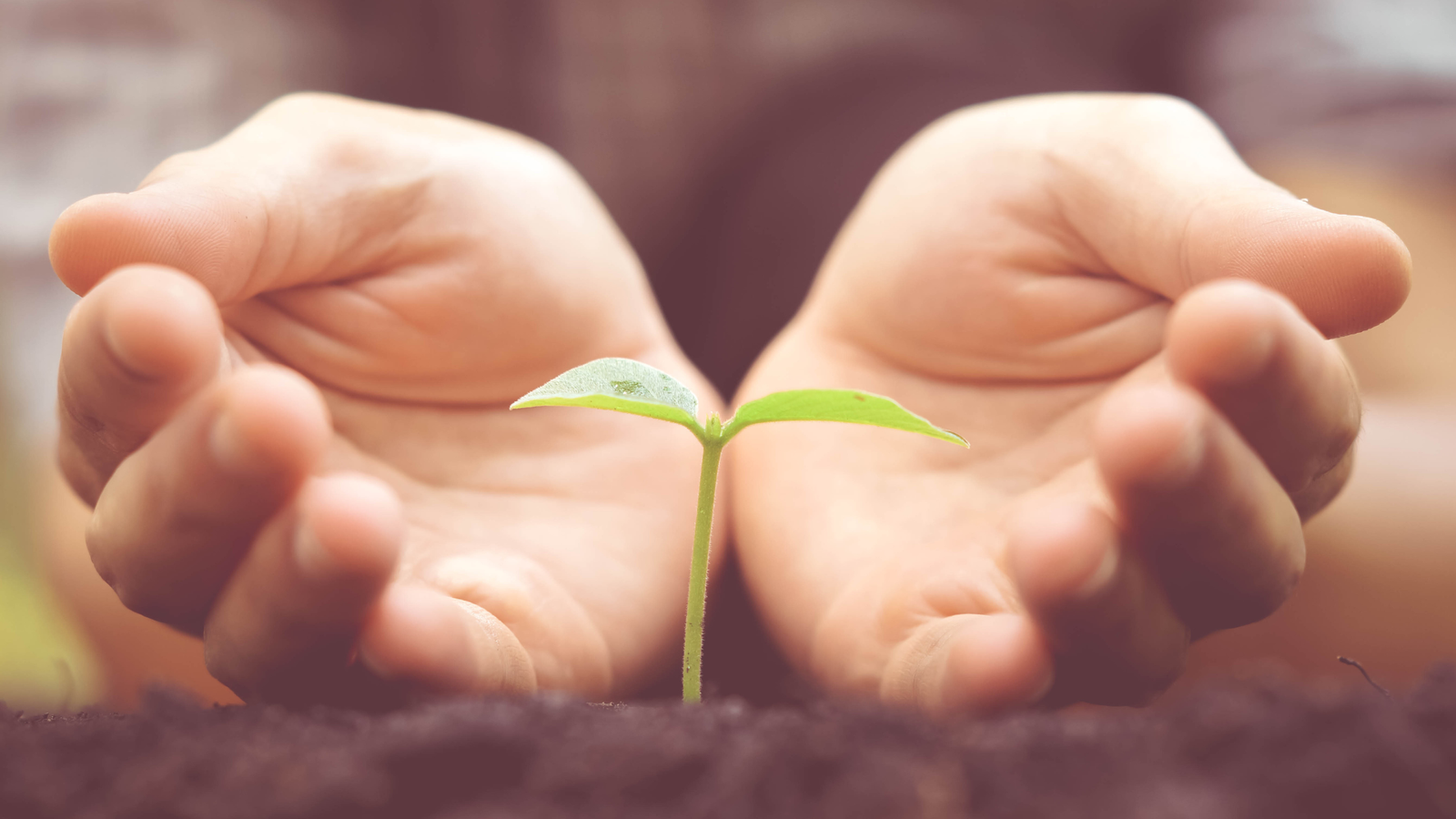What Is SDG 1 and Why It Matters
The first Sustainable Development Goal—No Poverty—is a bold call to action to end poverty in all its forms everywhere. Poverty isn’t just about income—it’s about lacking access to education, healthcare, housing, and opportunity. It’s a systemic issue rooted in inequality, discrimination, and exclusion.
At Alcor Media, we believe marketing can play a radical and redefining role in reshaping how businesses respond to poverty—not just through donations, but through the way they operate, communicate, and connect.

Let’s Start With the Basics: A Quick Overview of SDG 1
• Goal: End poverty for all people, everywhere, by 2030.
•Target Areas: Access to basic services, social protection systems, equal rights to resources, resilience to climate-related disasters.
•Why It’s Urgent: Over 700 million people still live in extreme poverty, many without access to food, clean water, or shelter.
Marketing as a Force for Systemic Change
Marketing has long been seen as a tool to drive profit—but what if it could also drive justice?
In today’s business landscape, brands have the platform, reach, and resources to uplift underserved communities, challenge unjust systems, and inspire conscious consumerism. Here’s how:
1. Campaigns That Center Equity and Inclusion
Authentic storytelling has the power to shift perception and build empathy. Brands can design campaigns that center voices from marginalized communities and show how ethical sourcing, fair wages, and community partnerships directly reduce poverty.
Real-World Example:
Patagonia uses its marketing channels to spotlight the impact of its Fair Trade Certified™ program. These campaigns go beyond product—they highlight the company’s commitment to living wages, safer working conditions, and long-term community investment.
2. Purpose-Driven Business Models
When a brand’s “why” aligns with poverty reduction—from who they hire to how they price—marketing becomes a tool to inspire global change.
Real-World Example:
TOMS pioneered the “One for One” giving model, donating a pair of shoes for every pair purchased. While their approach has evolved over time, TOMS has since expanded its impact through strategic grant-giving, with one-third of profits now going to grassroots efforts that support mental health, economic opportunity, and equity. Their marketing continuously reminds customers that every purchase can contribute to systemic solutions.
Also worth noting:
Warby Parker’s “Buy a Pair, Give a Pair” initiative has helped distribute over 10 million pairs of glasses while supporting the development of local optical training programs—turning marketing into sustainable impact.
3. CSR That Goes Beyond the Checkbox
Corporate Social Responsibility (CSR) isn’t about a single donation—it’s about embedding equity into brand identity. Businesses that redistribute marketing budgets toward real-world impact are redefining what ethical profit looks like.
Alcor’s Approach:
We help businesses optimize their marketing spend and redirect a portion of that budget to nonprofit partners tackling poverty on the ground. It’s a win for your brand—and a win for humanity.

What Can Small Businesses Do?
Not every business has a global footprint, but every business can create local change. Here’s how:
•Hire Locally: Create job opportunities in underserved neighborhoods.
•Price Fairly: Offer sliding scale or community pricing for essential services.
•Partner Smartly: Collaborate with grassroots organizations.
•Market Transparently: Show your audience the real people behind your impact.
Redefining Success in Marketing
At Alcor, we advocate for a new lens on marketing—one that sees value not only in return on ad spend, but in return on human impact. The truth is:
Poverty isn’t inevitable. It’s a result of choices—and we can choose better.
We ask every brand and marketer:
•Are your campaigns building equity?
•Is your content empowering real people?
•Can your profit create long-term impact?
A Future Without Poverty Starts With Us
Marketing has the potential to shape not only trends—but values, systems, and communities. As we work toward SDG 1: No Poverty, we must continue to challenge the role of marketing in a changing world.
Because in a society where poverty persists, brands have two options: stay silent or become catalysts for change.
Let’s choose the latter.





